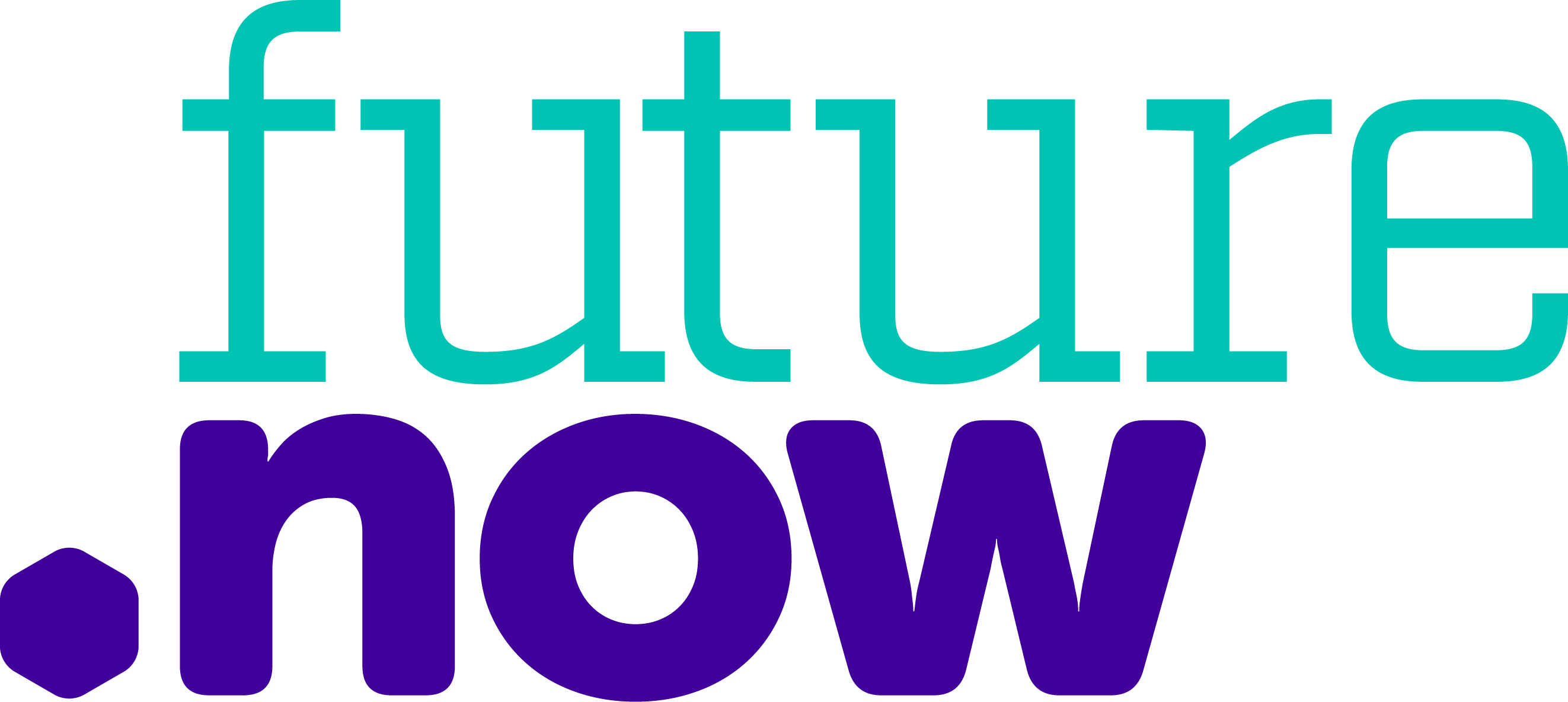Members’ Area
Back
Essential Digital Skills Ltd.
Training provider
LevelEssential

What it does
Our mission is to help businesses to address their Digital Skills Gap by enabling their workforce to upskill and increase their productivity. We implement this by working with organisations to plan and roll out their digital inclusion and transformation programmes, supported by online or hybrid training.
These training programmes can optionally be structured to meet the government requirements for funding. Essential Limited is the Digital Skills online training arm of Barefoot eLearning.
How it helps
Our digital platform is scaleable, cross- device and enterprise-ready, and login can also be via Microsoft 365 credentials. The platform provides online learning delivered by short videos, with access to over 1400 lessons. The interface is user friendly, and the online courses can be followed anytime and anywhere. The system provides full tracking and reporting. Other options include transcripts, tests and supporting electronic materials.
How to access
Start the EDS journey to train your workforce at on their website.
Who to contact
Additional Information
Option to cover the costs through government funded scheme. For more information, speak to Robin or Liliana.
Which skills are covered in this course?
You can act with caution, understanding that online activity comes with risks (e.g. use anti-virus software, share information securely or avoid certain types of site such as piracy websites)
You can be careful with what you share as you know that online activity produces a permanent record that can be accessed by others (e.g. publicly shared photos, personal information or opinions)
You can follow data protection guidelines online (e.g. following data storage and retention guidelines, not sharing or using other people’s data or media such as movies or music without their consent)
You can identify secure websites (e.g. by looking for the padlock and ‘https’ in the address bar)
You can identify secure Wi-Fi networks to connect to (e.g. Wi-Fi networks where a unique password is required, trusted source or padlock next to Wi-Fi network)
You can recognise suspicious links and know that clicking on these links or downloading unfamiliar attachments is a risk (e.g. Spam/phishing emails, texts, pop ups)
You can respond to requests for authentication for online accounts (e.g. resetting your password when you’ve forgotten it, two factor authentication, using a remote access key or an authenticator app)
You can set privacy and marketing settings for websites and your accounts (e.g. managing social media privacy settings, managing cookie settings, updating contact preferences)
You can update your device software/ operating systems when necessary to prevent viruses and other risks (e.g. enabling automatic updates, or installing when prompted to do so)
You can communicate in the workplace digitally using messaging applications (e.g. Email, Microsoft Teams, Zoom, Slack, internal Intranet, WhatsApp)
You can set up and manage an account on a professional online network/ community/job site (e.g. LinkedIn, Total Jobs, Indeed)
You can use workplace digital tools to create, share and collaborate with colleagues (e.g. Microsoft Teams, OneDrive, G-Suite, Office 365, WeTransfer, DropBox, WebEx, Slack)
You can follow your organisation’s IT policies when sharing information (e.g. classifying emails/documents, encrypting sensitive information, sharing appropriate information on social media)
You can securely access, synchronise and share information at work across different devices (e.g. manage email, calendar or appointment system via different devices)
to do new things at work using online tutorials, learning platforms and how-to guides (e.g. LinkedIn Learning, YouTube, iDEA, Skillsoft, internal learning platforms)
You can find information online that helps you solve work related problems (e.g. Search Engines, IT helpdesk, software providers, peer networks)
You can improve your own and/or the organisation’s productivity using digital tools (e.g. Trello, Microsoft Projects and Planner, Slack)
You can use appropriate software that is required of your day-to-day job (e.g. spreadsheets, online booking systems, HR management, workflow or sales management)
You can access salary and tax information digitally (e.g. password protected payslips, P60, P45)
You can complete digital records on behalf of, or within your organisation (e.g. absence management, holidays, timesheets, expenses, tax returns)
